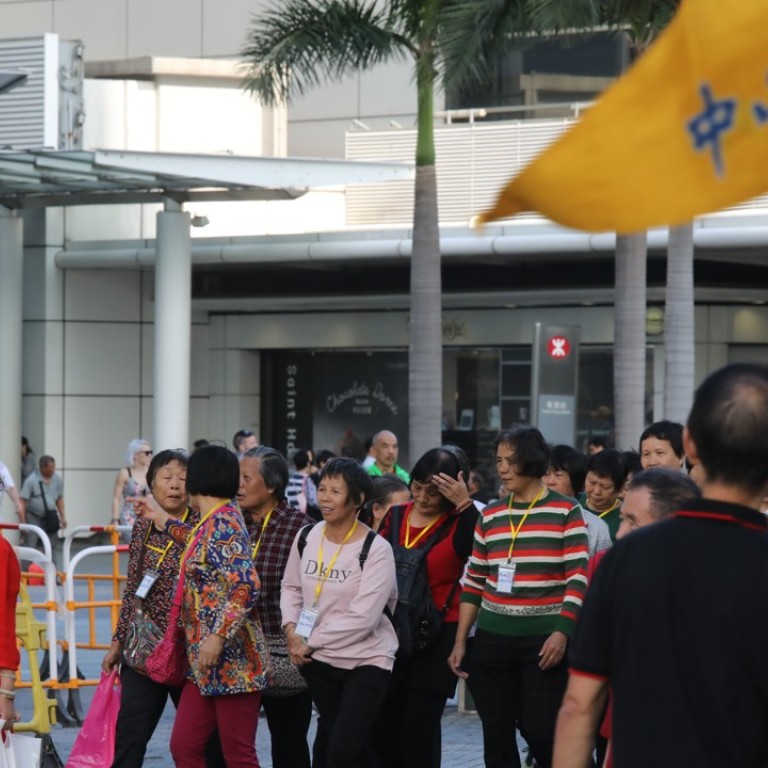
Hong Kong’s mega bridge and high-speed rail should do more than bring in visitors the city cannot cope with
- Paul Yip says Hong Kong needs strategic planning to benefit from its two new infrastructure projects – and a tourist free-for-all will not do the trick
The mega bridge spans the Lingding and Jiuzhou channels and connects Hong Kong, Macau and Zhuhai, three major cities in the Pearl River Delta. The delta itself is now a megalopolis which has more than 108 million residents according to the 2015 census and which the World Bank has declared the largest urban area in the world in both size and population.
How can Hong Kong leverage this new infrastructure to improve our opportunities and competitiveness? And, in doing so, can we ensure an improvement to the quality of life of Hong Kong residents?
As some cities in the delta are just an hour away from Hong Kong, we now have more choices of where to live and work. However, the probability of Hongkongers moving to the mainland is still quite low at this stage. Health services and the social environment are among the common concerns Hongkongers have about life across the border.
The ease of transport has certainly improved the flow of the people in and out of Hong Kong, and this is important for economic and social development in the region. However, the high volume of low value-added activities will not benefit the local economy much. The increased footfall might boost sales in nearby shopping centres but this will only result in rent hikes, with local residents bearing the cost.
The increased footfall might boost sales in nearby shopping centres but this will only result in rent hikes, with local residents bearing the cost
These tour group operators are simply interested in profit, and don’t care about the well-being of local residents. The experiences of other countries that have sought to contain the growth of visitors have been painful in some cases, but Hong Kong might be able to learn from them. We cannot and should not simply emphasise the volume of visitor traffic.
Watch: How big is China’s high-speed rail network?
Paul Yip is chair professor in the Department of Social Work and Social Administration at the University of Hong Kong

